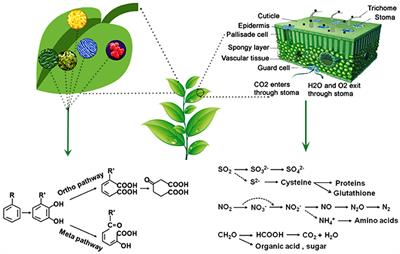EDITORIAL
Published on 26 Nov 2019
Editorial: Biotechnological Potential of Plant-Microbe Interactions in Environmental Decontamination
doi 10.3389/fpls.2019.01519
- 3,725 views
- 15 citations
42k
Total downloads
261k
Total views and downloads
EDITORIAL
Published on 26 Nov 2019
ORIGINAL RESEARCH
Published on 19 Dec 2017

REVIEW
Published on 28 Jul 2017

ORIGINAL RESEARCH
Published on 23 Feb 2017

ORIGINAL RESEARCH
Published on 06 Jan 2017

ORIGINAL RESEARCH
Published on 13 Oct 2016

ORIGINAL RESEARCH
Published on 30 Sep 2016

ORIGINAL RESEARCH
Published on 12 Jul 2016

REVIEW
Published on 23 Jun 2016

ORIGINAL RESEARCH
Published on 22 Jun 2016

ORIGINAL RESEARCH
Published on 16 Feb 2016

ORIGINAL RESEARCH
Published on 04 Feb 2016

